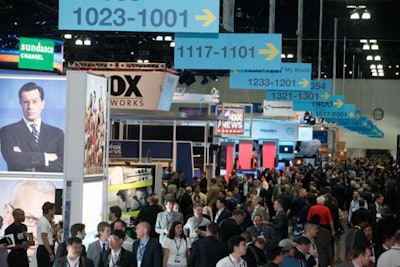
Just as industry professionals have argued for years, meetings do matter: In a study released today, the industry and its efforts are shown to make a significant contribution to the U.S. economy, providing some $263 billion in direct spending, directly supporting 1.7 million jobs, and generating a total of $907 billion in economic activity. The report, titled "The Economic Significance of Meetings to the U.S. Economy" and conducted by PricewaterhouseCoopers for the Convention Industry Council, used data collected from 2009 to form what is being billed as the first definitive, quantitative, and research-based analysis measuring the value of face-to-face meetings.
To define meetings, the initiative used guidelines outlined by the United Nations World Tourism Organization as a foundation and further clarified them to include only gatherings of 10 or more participants for a minimum of four hours at a contracted venue. The study excluded social, educational, and political activities, as well as any functions where goods or services were sold.
Using these guidelines, the study found a number of meaningful statistics. For instance, the industry's direct contributions to the U.S. gross domestic product—a sum of $106 billion—is more than that of auto manufacturing, performing arts, spectator sports, and museums, and information and data processing services. Moreover, meetings directly employ more people than a number of other industries, including broadcasting and telecommunications, truck and rail transportation, and computer systems design and related services.
With the report, the Convention Industry Council and other industry associations—such as the Professional Convention Management Association, the International Special Events Society, and Meeting Professionals International—hope to provide a basis for ongoing benchmarking, forecasting, and trend analysis of meetings on a national level.



















